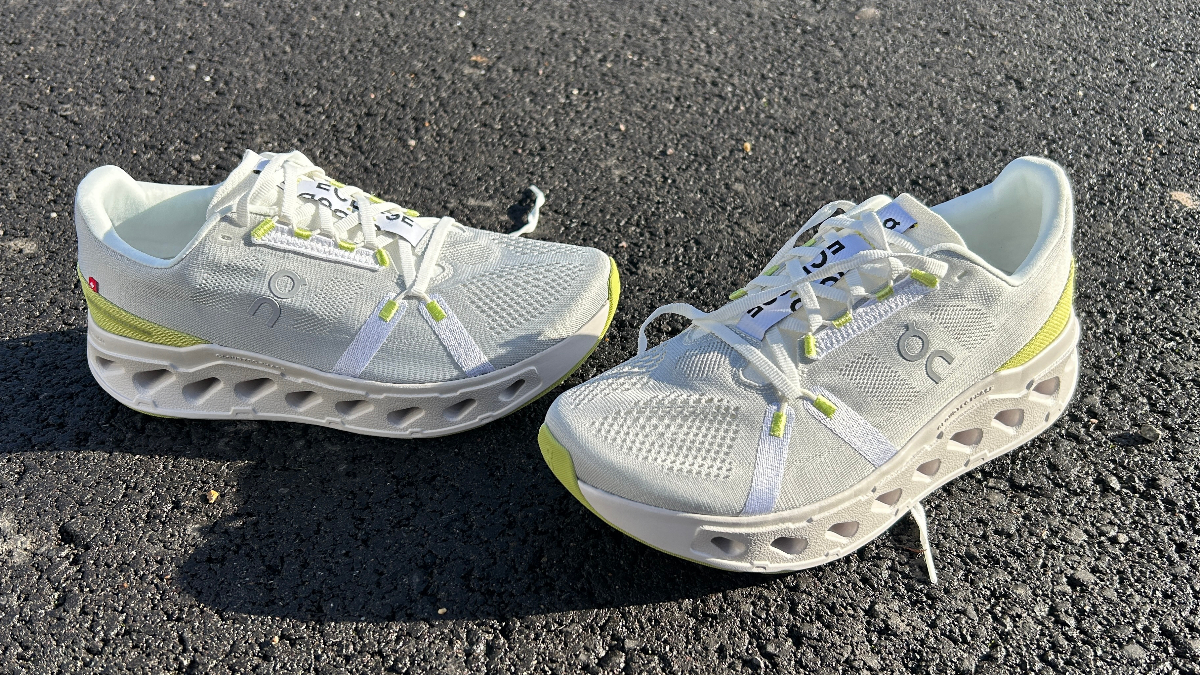Our Verdict
On’s impressive 2023 concludes with a great daily trainer, the Cloudeclipse, which has a smooth, rockered ride and can handle a variety of runs well. However, despite the high stack of cushioning it’s not particularly soft underfoot—especially in cold conditions.
For
- Versatile and comfortable
- Smooth rocker
- Great design
Against
- Some may prefer softer ride
- Feels firmer in the cold
You can trust Coach
On’s Cloudeclipse is the first truly max-cushioned shoe from the Swiss brand, with an even higher midsole stack than the On Cloudmonster. It’s not designed to be a soft and squishy shoe though. The Cloudeclipse has a fairly firm ride and a rocker that makes it a versatile daily training option that rivals the best running shoes in its category.
The Cloudeclipse is a shoe I enjoyed wearing for a variety of runs. While it’s firmer than people may expect, this helps it stand out among the best cushioned shoes as a more versatile option.
On Cloudeclipse: Price And Availability
The On Cloudeclipse launched in November 2023 and costs $180 in the US and £170 in the UK. It’s expensive, even in the world of max-cushioned shoes, and pricier than the brand’s Cloudmonster and Cloudsurfer. I got my review sample from SportsShoes.
How I Tested This Shoe
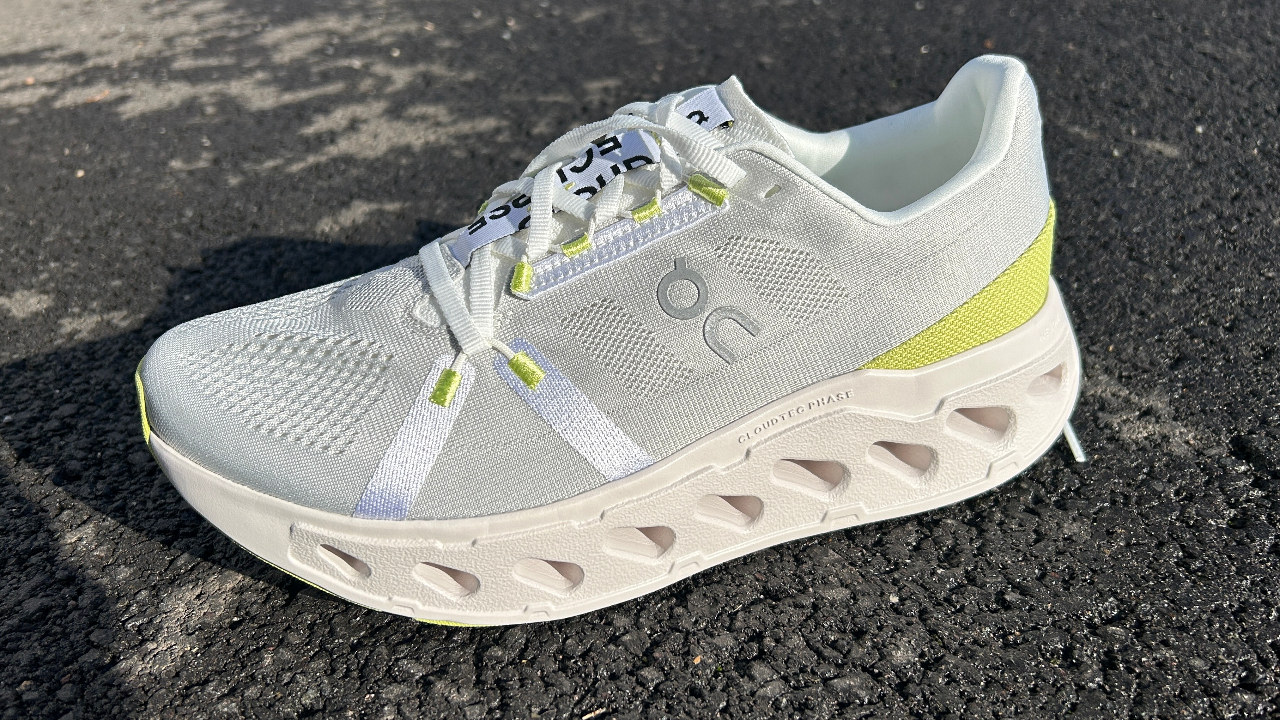
I’ve run just over 40 miles in the Cloudeclipse, using it for a range of training runs, including a 13.5-mile long run and a short interval session, as well as easy runs. I have also tested the Cloudsurfer and Cloudmonster, and a variety of the best cushioned shoes available from other brands.
Design And Fit
The Cloudsurfer introduced On’s CloudTec Phase cushioning, which is characterized by a series of holes in the midsole foam that are designed to collapse into each other when your foot hits the ground, creating a smooth ride.
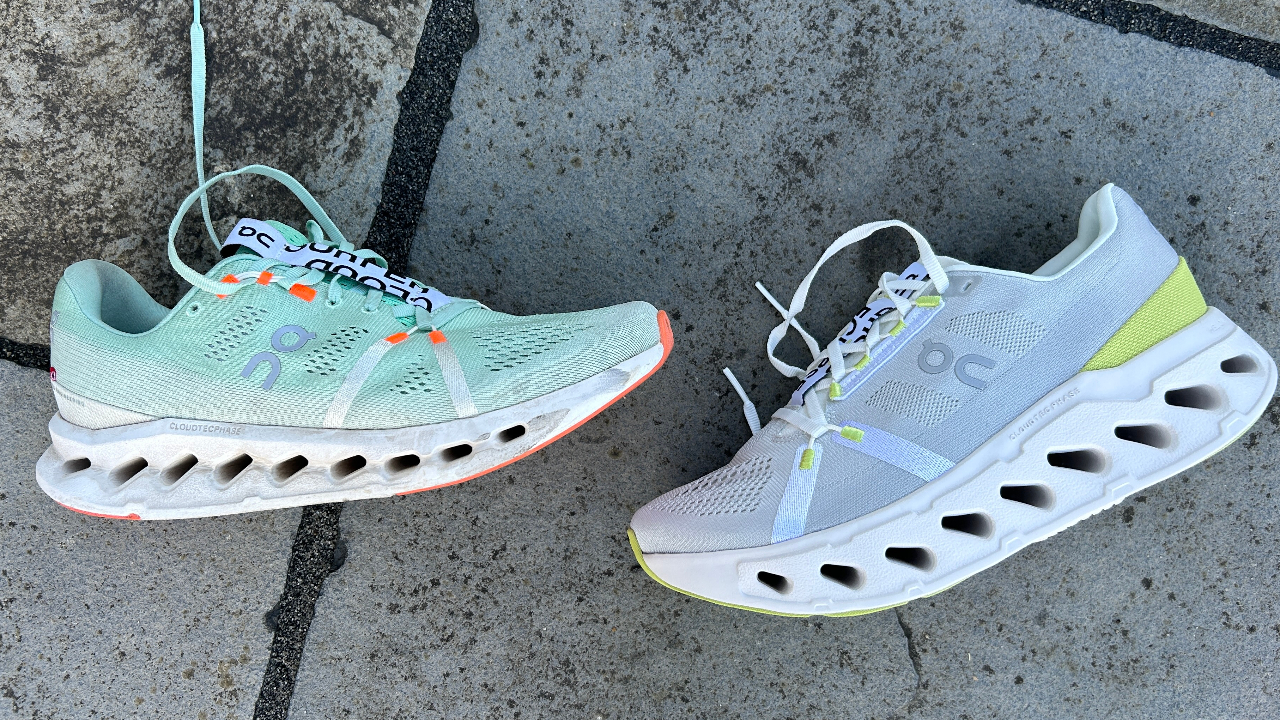
There is twice as much cushioning in the Cloudeclipse as in the Cloudsurfer, but while the Cloudsurfer was a soft shoe, the Cloudeclipse is actually quite firm. That’s partly down to the plastic Speedboard, which sits underneath the midsole foam to add stability and speed transitions onto your forefoot. The Cloudsurfer didn’t have a Speedboard, which is a signature feature of On shoes in general, but I also think the Helion SF foam used may just be firmer in the Cloudeclipse to ensure it isn’t too unstable, despite that high stack.
The shoe has an engineered-mesh upper made from 100% recycled polyester and has added structure through strips at the back of the toe box. There is also a stiff heel counter to add stability. The shoe fitted well in my usual running shoe size.
Sign up for workout ideas, training advice, reviews of the latest gear and more.
A groove runs down the center of the outsole on either side of the Speedboard, again to encourage a smooth transition onto your toes, and there is rubber covering the forefoot and heel. This gripped well on wet paved surfaces, and the ground contact on the Cloudeclipse felt more stable with its outsole design than with the pods on shoes like the Cloudmonster.
The Cloudeclipse has a 6mm drop from heel to toe and weighs 10oz/283g in my UK size 9, which is lighter than most max-cushioned shoes. On doesn’t give the exact stack height of the shoe, though it looks to be around 40mm at the heel.
Running Performance
I loved the On Cloudsurfer for its softness, and the smooth ride delivered by the CloudTec Phase midsole, and initially expected more of the same from the Cloudeclipse. Once you take a few steps in the shoe, however, it’s clear that it’s a different beast, with a firmer ride and even more noticeable rocker.
Despite being bigger and heavier than the Cloudsurfer, it’s more versatile, and I enjoyed doing an interval session running a couple of 5min 40sec miles and some relaxed 200m reps in the Cloudeclipse. Mostly it’s best for easy and steady daily training runs, though, with the rocker moving you through your footstrike smoothly. I noticed that when I was running in it, it felt lighter than it actually is.
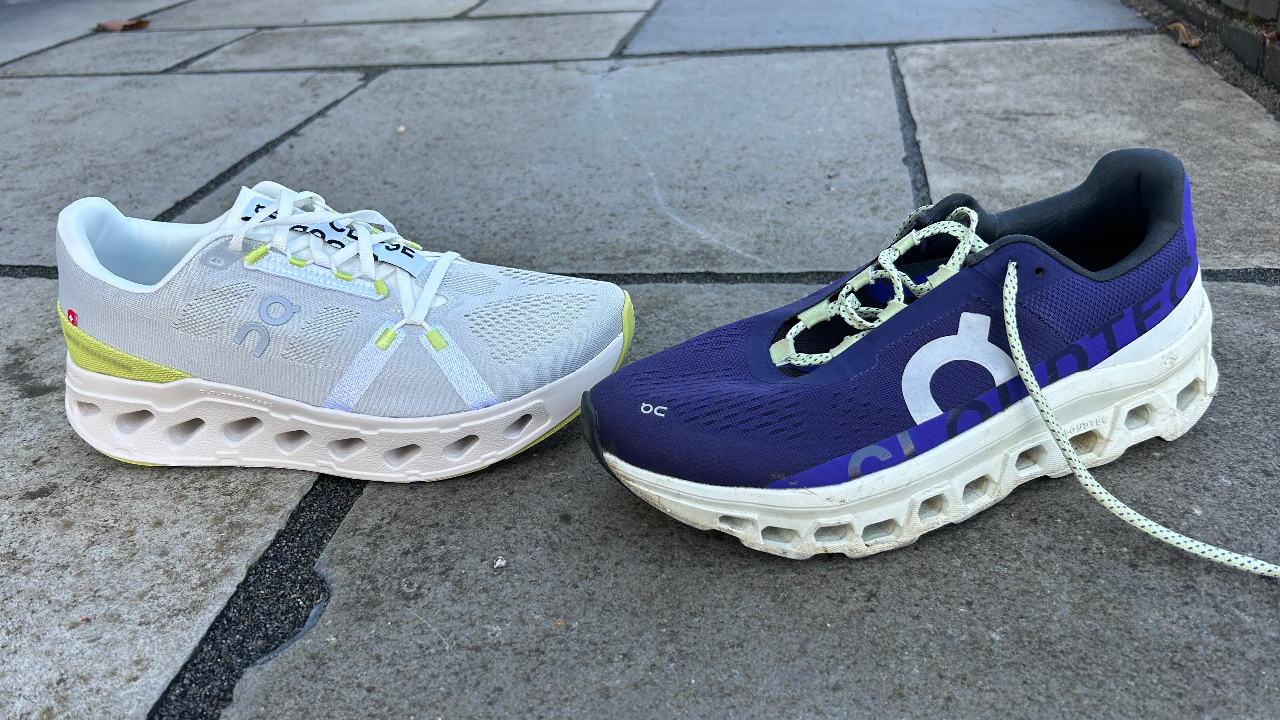
Although it’s not a soft shoe like the Cloudsurfer, or a max-cushioned alternative like the Asics Gel-Nimbus 25, I didn’t find the Cloudeclipse harsh during long runs. It feels even stiffer and firmer in the cold, though, something I noticed on a sub-zero run in Scotland. If you like really squishy shoes, this is not the best cushioned option for you.
I liked the firmer feel, though, and it increases the versatility of the shoe. While it’s not an all-out speedster, the Cloudeclipse will handle most daily training runs well.
Is The On Cloudeclipse Worth It?
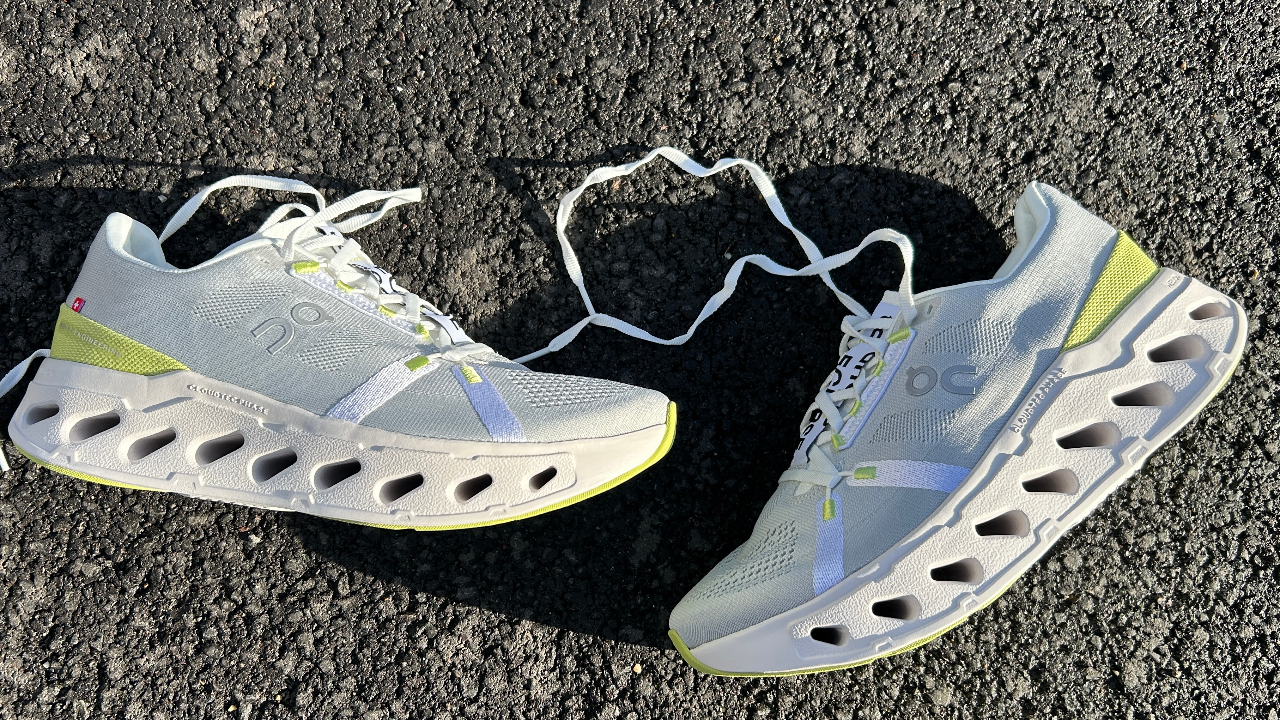
The Cloudeclipse is a blend of the rocker of the Cloudsurfer and the firm feel of the Cloudmonster, and it works. I think it would work well as a good daily trainer for those who want a highly rockered, max-cushioned shoe, and it’s more versatile than most shoes in its category.
It’s an expensive shoe, though the price is not too out of place within the max-cushioned category. The Cloudsurfer is a softer option that I prefer for easy runs, but the stiffness in the Cloudeclipse gives it an edge for longer and speedier runs.
There are more versatile max-cushioned shoes if you’re prepared to spend big, and the Asics Superblast is the best of them. If you want a softer ride from a cushioned shoe then I’d look at the Asics Gel-Nimbus 25 and New Balance 1080v13.
The Brooks Ghost Max also has a similar feel underfoot and is cheaper than the On Cloudclipse. It’s not as good-looking as the Cloudeclipse, but the Ghost Max performs as well on the run for me, and I’d say it’s a better-value option.

Nick Harris-Fry is a journalist who has been covering health and fitness since 2015. Nick is an avid runner, covering 70-110km a week, which gives him ample opportunity to test a wide range of running shoes and running gear. He is also the chief tester for fitness trackers and running watches, treadmills and exercise bikes, and workout headphones.
